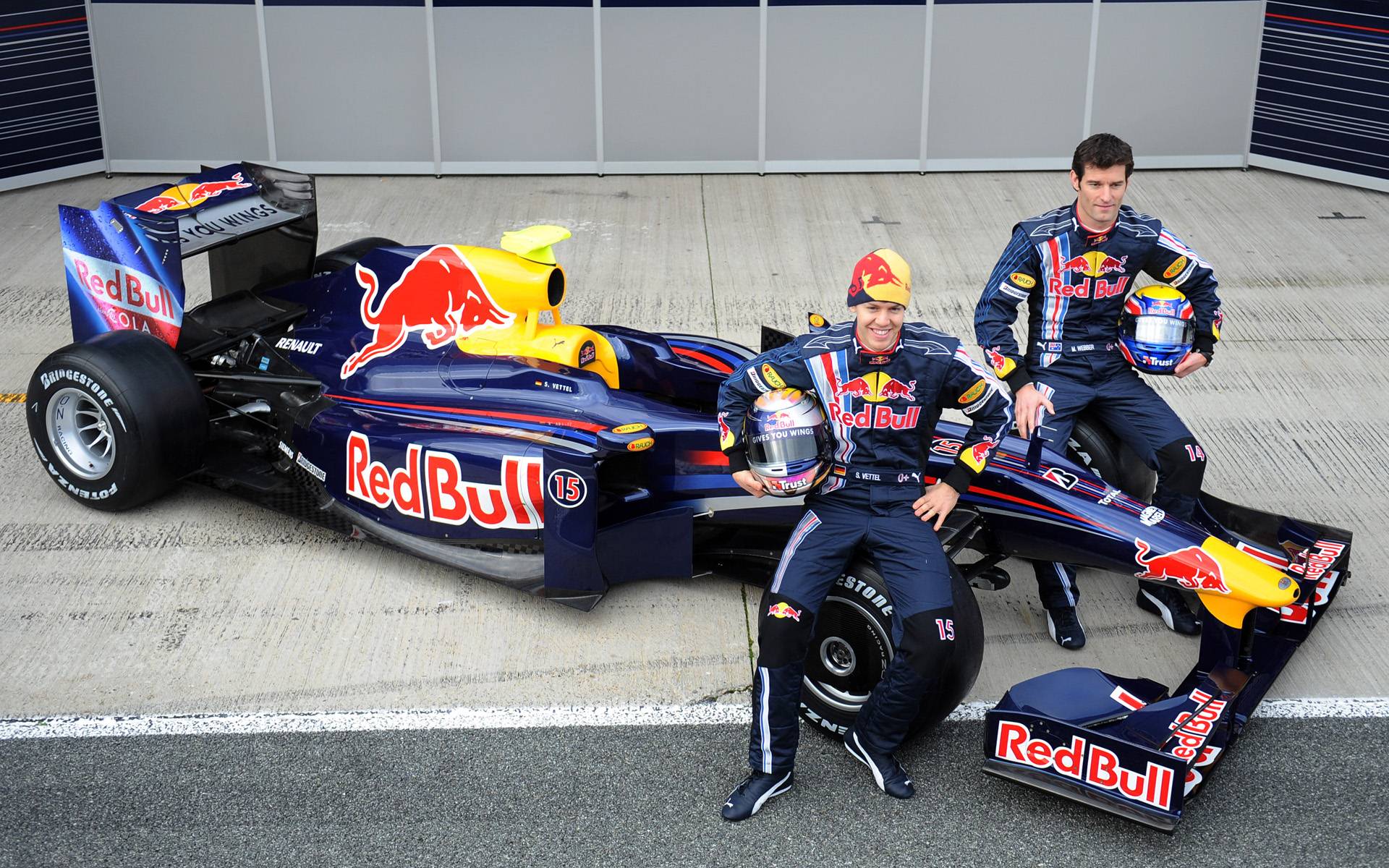Red Bull: Soaring into Pop Culture
How Red Bull's combination of a singular product focus and an expansive media strategy has allowed it to maintain its leadership position in the category it created.
Red Bull is not only the founding father of the energy and sports drink market but also reigns as the current category leader. Founded in 1984 by Dietrich Mateschitz, the Austrian beverage company has sold over 50B cans to-date, 5.6B of which were sold in 2014. With 10,410 employees in 167 countries, Red Bull has roughly 40% of the global energy drink market.
How Red Bull – a beverage company that essentially offers one drink in eight variations – has captured value in this market can be found in its empire. In 2007, the company established Red Bull Media House to create content that spoke to the nature of its product: youth, energy and sports. The media arm produces full-length feature films and documentaries and owns a print magazine, TV station and record label. In addition, it owns several sports teams, including a successful Formula One team.

Creating Value
Though energy drinks existed in certain Asian markets like Japan and Thailand, it was not until Mateschitz perfected the formula and mixed in his marketing magic did a globally dominant drink come to the market. Red Bull was able to successfully pioneer the new category by doing the following:
- Adopted a unique can design and a catchy slogan of “Red Bull gives you wings” and pricing at a premium above other soft drinks to reinforce its effectiveness.
- Utilized a highly effective marketing grassroots strategy, starting with the student market in Europe. From there, Red Bull continued to use brand ambassadors and branded cars to distribute samples in places where caffeine consumption was prevalent, such as office buildings, night clubs and gyms. Similarly, Red Bull distributed its product at locations such as bars, clubs, convenience stores, etc., eschewing the conventional distribution through supermarkets and retail stores that would be time and cost prohibitive for a small brand. (Source)
- Recognized its first mover advantage in most markets and expanding to nearby European nations, then crossing the Atlantic to capture the United States in 1997.
- Transitioned from a utility purchase for boosting energy to a highly ego-expressive product, thus setting the category apart from other caffeinated soft drinks. Red Bull embraced extreme sports early as the perfect marketing partner. In 2004, Red Bull bought a Formula One team from Ford. Instead of using the car as a typical branding platform, Red Bull invested in the team as an owner and became a dominant team in the sport, winning championships every year between 2010 and 2013. By doing so, Red Bull was able to directly associate its brand to sports excellence. Red Bull has established presence in other sports with a niche, rabid fan base, such as motocross, skateboarding, etc. Moreover, by aligning its brand with sports that generally have no centralized governing authority, like American football or baseball, Red Bull has been able to further its grassroots image.

Capturing Value
Red Bull marketing schemes allowed them to carve out a place for energy drinks in the overall beverage category. However, as the energy drink market has matured, its Red Bull Media House and extreme sports presence have taken on a value capturing role to maintain Red Bull’s dominance in the market it created.
- The combination of Red Bull Media House and its sports assets has allowed Red Bull to maintain a strong content marketing engine, churning out video and text content that perpetuate its energetic, young image and product. Again, by creating separate corporate entities for its media group, Red Bull showed the same type of commitment to invest in its brand as demonstrated by its acquisition of the F1 team. As such, Red Bull has attracted savvy media talent that is able to identify new and emerging content type and platform that resonates with its young demographic.
- Red Bull’s presence on YouTube is impressive, with 4.6MM subscribers across eight channels spanning music, esports and extreme sports. Its channels have attracted over 1.2B views across 5K videos. In 2012, Red Bull sponsored skydiver Felix Baumgautner’s historic free fall from 24 miles above the Earth’s surface and streamed it on YouTube, capturing 8MM+ concurrent viewers.
In 2015, Forbes ranked Red Bull as its 76th most valuable brand in the world, valuing the brand at $7.6B. Red Bull has demonstrated that it has staying power in a competitive category, silencing numerous naysayers who said that the energy drink was a passing “fad” and dodging health regulators in multiple countries. Having transitioned from an Austrian energy drink company to a global lifestyle brand, Red Bull is a clear winner.



Have worked with Red Bull in the past, and witnessed the Red Bull Stratos jump while I was working at YouTube…They do create phenomenal content that appeals to their target demo, but I’ve often wondered what the exact ROI on that is for them. They’ve built an incredible brand / brand image, but will they be able to maintain that through energy drink sales alone? Very curious if they have other revenue sources.
It almost seems like Red Bull is doing all of this to distract customers from its drink. It is amazing how the company has been able to create brand value and customer loyalty without doing anything that directly relates to their product. Do their sports teams actually like the terrible drink? Either way, #winning!